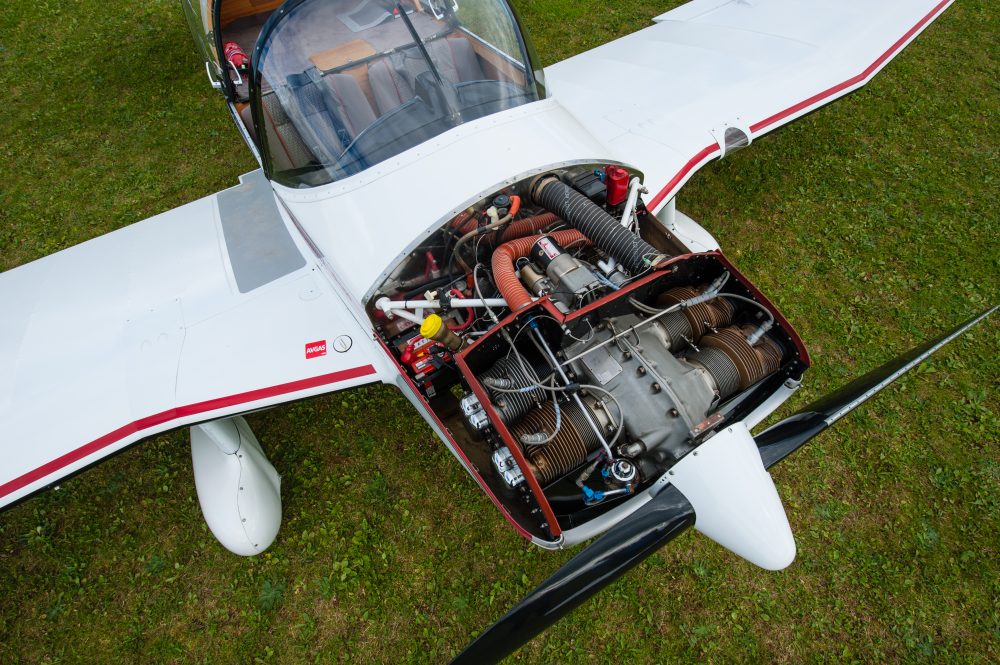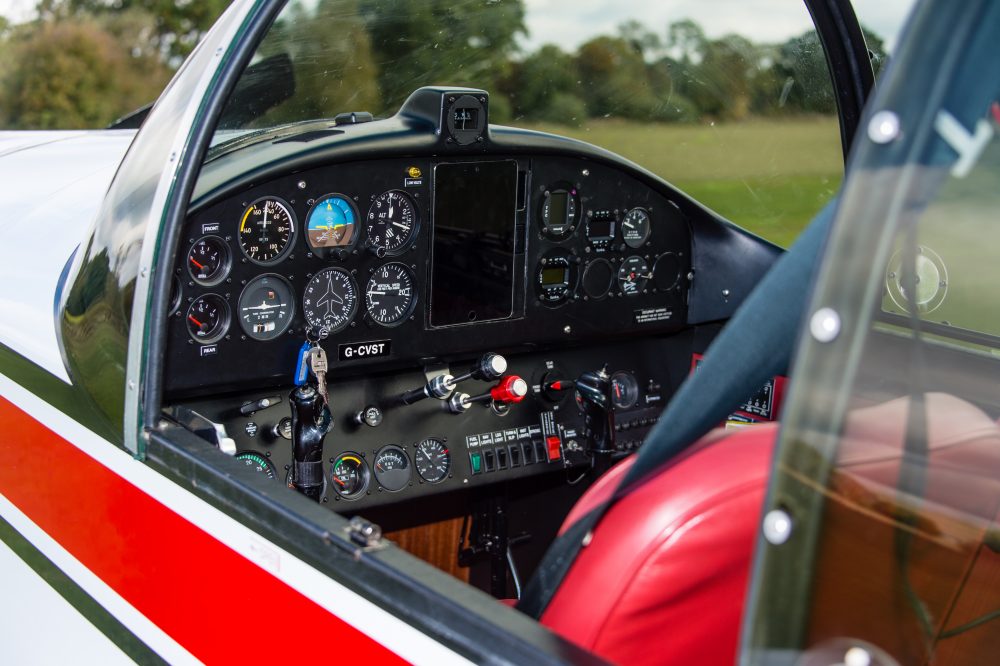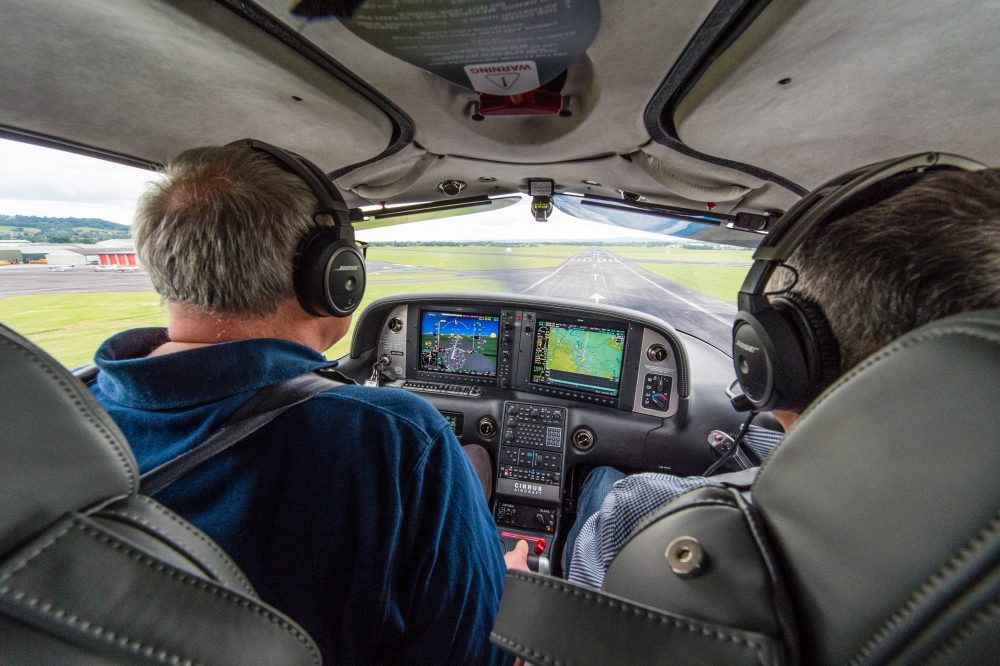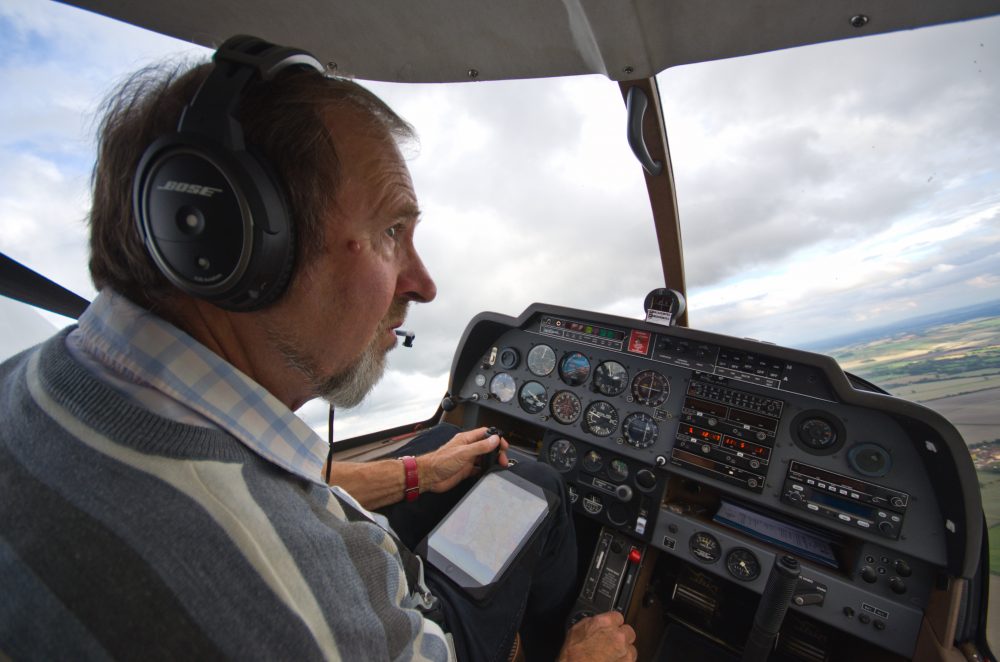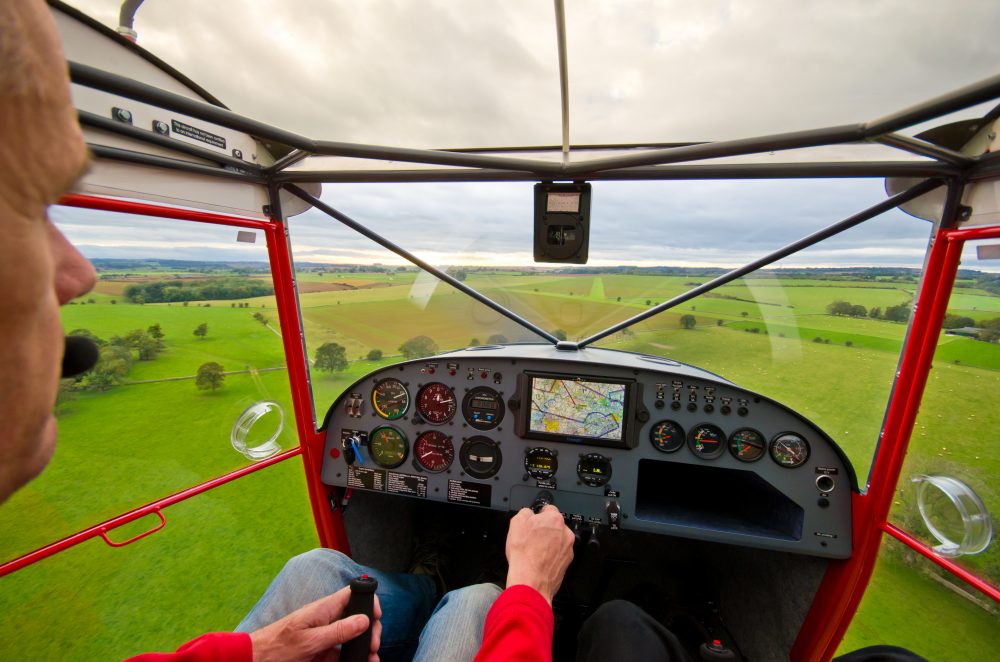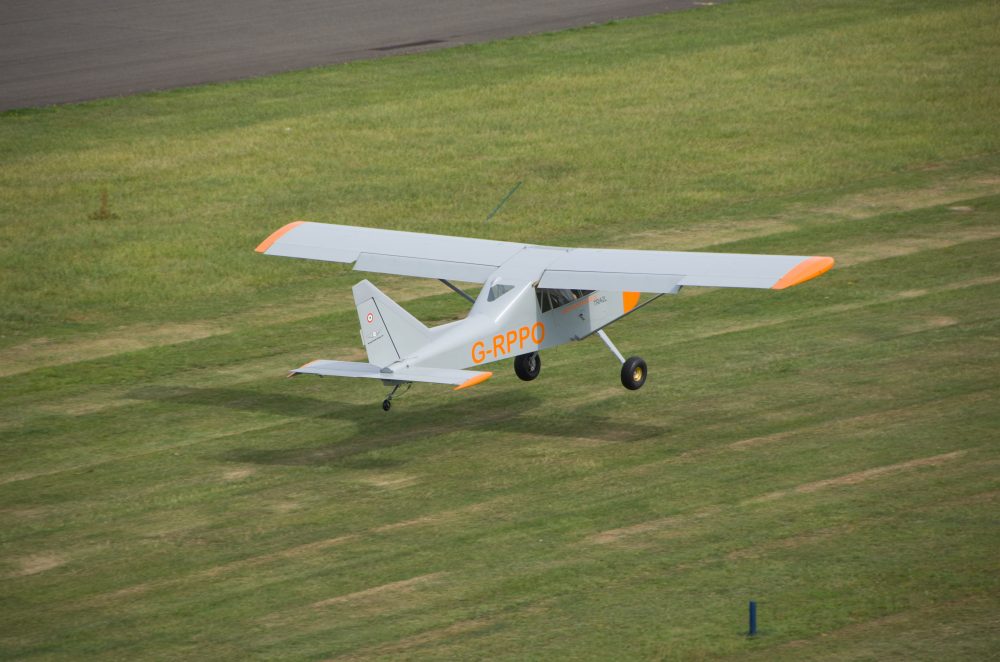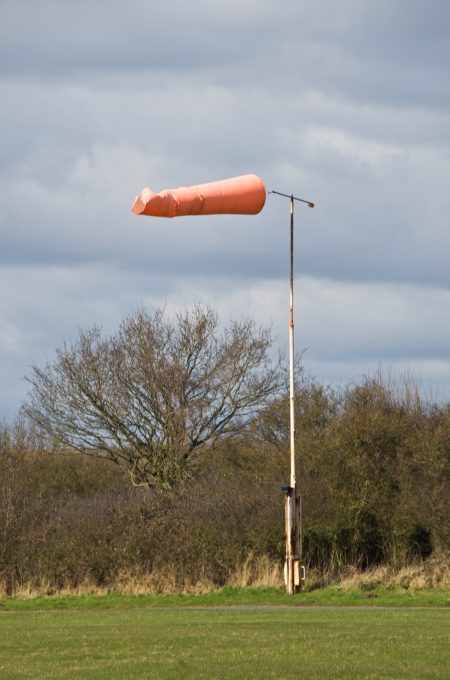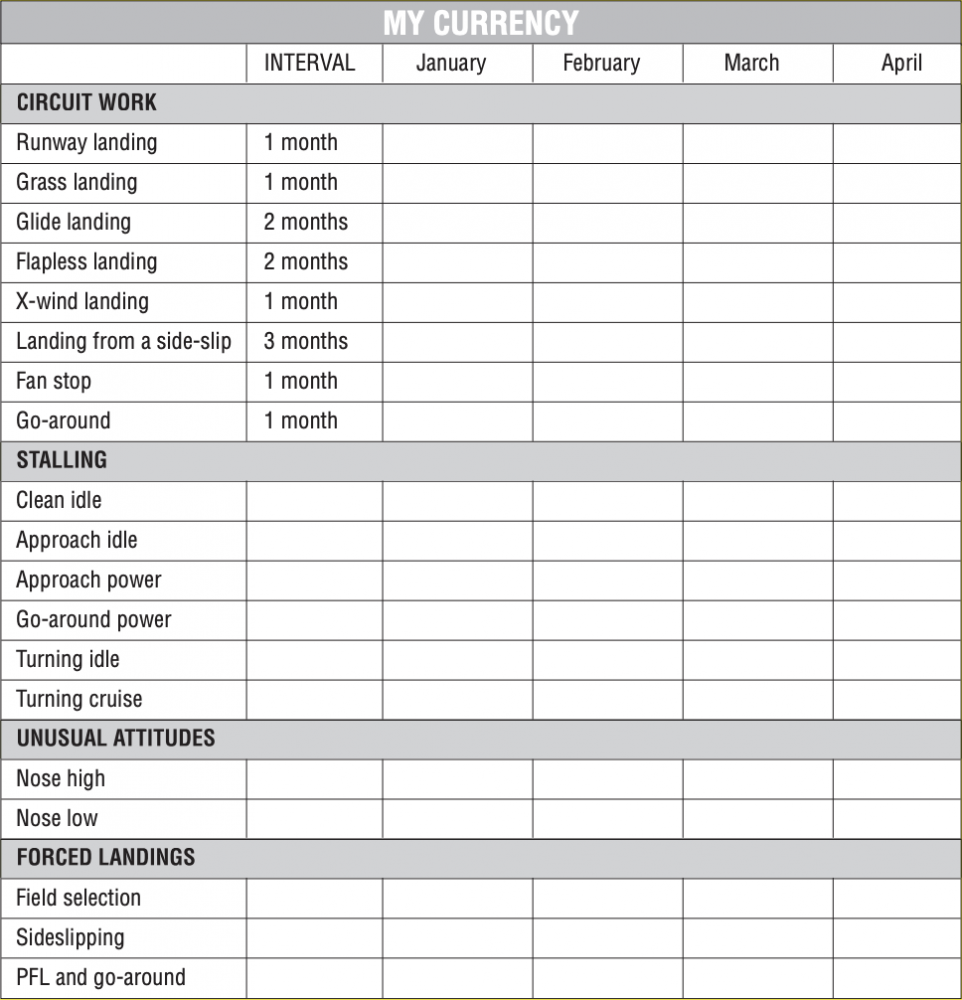Some people might advocate flying straight into the circuit while the pilot is fresh and concentration high, but I’d suggest that flying out into the local area and reminding yourself how it all works makes sense. Remember to fly attitudes and not to chase needles, the right pictures will come back quickly. Keep your head out of the cockpit looking for traffic as much as possible, and assume that all the other rusty pilots have completely forgotten about lookout.
Make sure that any Electronic Conspicuity kit is functioning correctly, having reminded yourself the previous day exactly how it works. Fly some climbs and descents in the local area, accurate medium and steep turns, think about getting back into the habit of a good lookout, carry out frequent FREDA checks and remind yourself just how fortunate you are to be airborne again – and smile lots!
A great idea is to practice a complete circuit at height. Try and find some ground reference to use as your runway and use a simulated runway height of 2,000ft. From the climb-out, turn onto base and fly downwind at circuit height above your simulated runway (3,000ft?) in the circuit direction.
Make dummy calls out loud and go through all of your checks, then continue the simulated circuit as accurately as you can manage to a go-around height of about 100ft, then apply power and climb away. If it’s gone well, fantastic. If you’ve been inaccurate, especially if you haven’t been able to fly the final approach exactly on speed, then do it again.
While at height, make sure you practice the approach to stall and your recovery technique.



